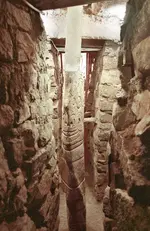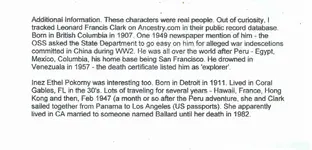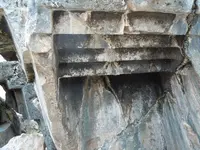Hello Don Jose Leonard Clark was a very interesting character as he had a crack at the Cocos island also.
Here are two other books he wrote.
Leonard Clark was a lifelong enemy of fear, common sense, and all the other elements that usually define “normal” people. During The Second World War he headed the United States espionage system in China. When that global conflict came to a peaceful conclusion, Clark turned his relentless energy towards exploring the most dangerous and inaccessible places on the globe. Case in point was his decision to lead a mounted expedition of Torgut tribesmen into Tibet!
The official reason for Clark’s decision to “invade” this mountainous kingdom on horseback in 1949 was his decision to prepare an impregnable base for General Ma Pa-fang, a violently anti-communist Moslem general. Yet romantic adventure ran deep in Clark, which helps to explain why he was journeying through one of the world's least known and most forbidding regions in the center of Asia. He was also eager to find and measure a mysterious mountain in the Amne Machin range rumored to be higher than Mount Everest. The only problem was that the sacred mountain was guarded by the fearsome Ngolok tribesmen.
“The Marching Wind” is the panoramic story of Clark’s mounted exploration in the remote and savage heart of Asia, a place where adventure, danger, and intrigue were the daily backdrop to wild tribesman and equestrian exploits.
Amply illustrated with Clark’s photographs, as well as maps he drew in Tibet, this rediscovered classic was originally published soon before the author’s death from injuries he received while exploring the Amazon rainforest.
The world was rumbling with discontent in 1934. Fascism was on the march and Japan was making a military land grab against a weakened Chinese empire. Nobody with any common sense went wandering around South East Asia alone unless they were looking for trouble. Which is exactly what young Leonard Clark (1908 – 1957), one of the greatest adventure travel writers of the early 20th century, thrived on.
Clark’s later life included leading a mounted group of guerrillas into Tibet and organizing a spy ring against the Japanese Imperial army, before he eventually died in a Venezuelan jungle looking for diamonds. But this some-time aviator, full-time risk-taker, got his start in the jungles and battle fields of 1930s Asia. And while his later travel accounts are better known, “A Wanderer Till I Die” is the book that sets the pace for Clark’s event-filled life.
Though only twenty-six when the story opens, he’s already armed with a keen eye, a sense of humour, no regrets and his trusty Colt 45 pistol. Clark delights in telling his readers how he outsmarts warlords, avoids executioners, gambles with renegades and hangs out with an up and coming Communist leader named Mao Tse Tung. In a world with lax passport control, no airlines, and few rules, the young man from San Francisco floats effortlessly from one adventure to the next. When he’s not drinking whiskey at the Raffles Hotel or listening to the “St. Louis Blues” on the phonograph in the jungle, he’s searching for Malaysian treasure, being captured by Toradja head-hunters, interrogated by Japanese intelligence officers and lured into shady deals by European gun-runners.
But he always comes out smiling, if still broke. For that’s the charm of A Wanderer Till I Die. Clark takes you on a tour of Asia, the “land of sweet sadness,” and doesn’t apologise for his views or actions. His lifestyle, like the world he inhabited, is a thing of the past. But if you crave the vicarious thrill of hunting tigers with a faulty rifle, or if you’ve ever fantasized about offering your services as a mercenary pilot to a warlord, only to discover that the man interviewing you is the wrong general, then this is the book for you.
Amply illustrated, “A Wanderer Till I Die” leads you down the road to adventure with a man for whom no danger was too great to entice him to risk his life again and again.
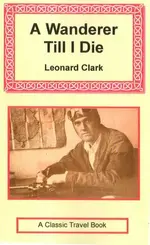
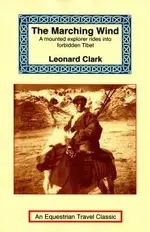
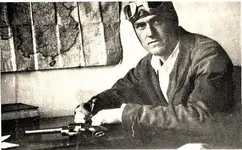
Amy

